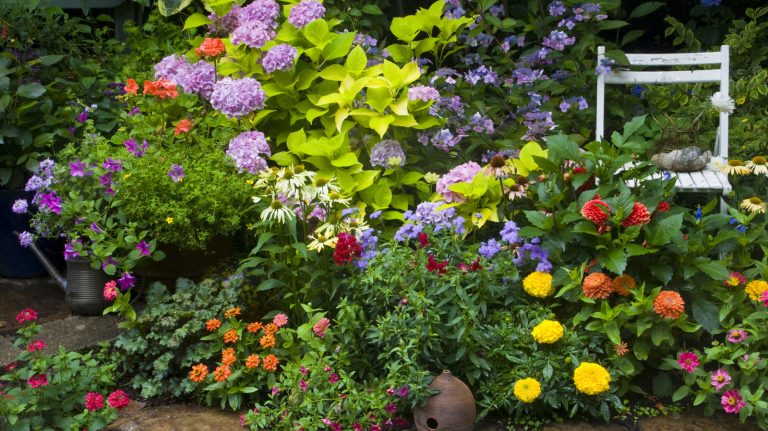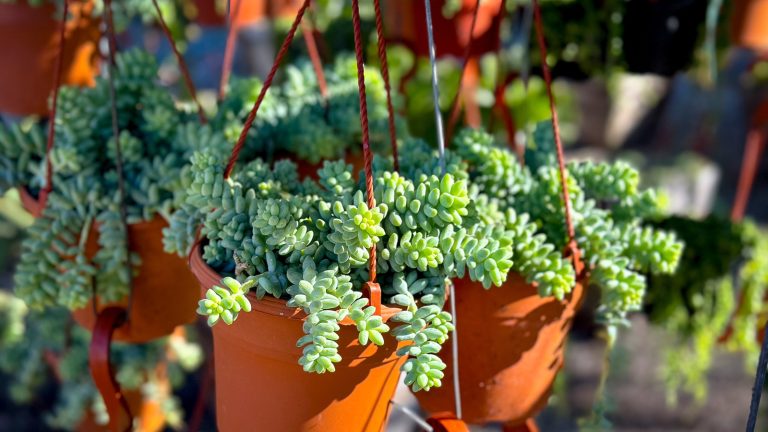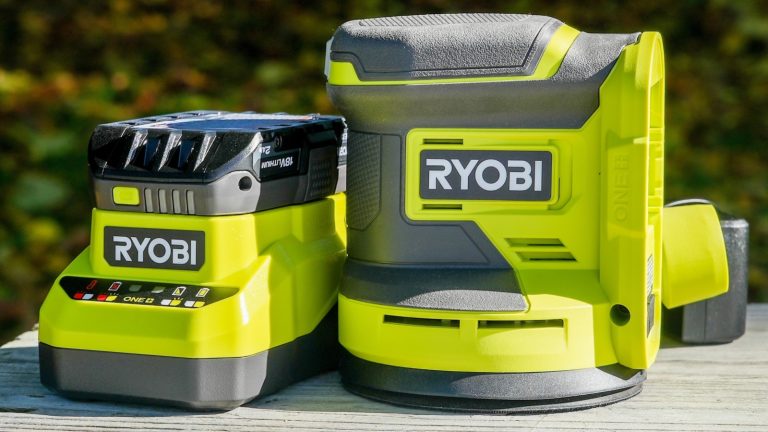
While it may be tempting to assume that all sun-loving herbs can coexist harmoniously, that is not always the case. There are several factors to consider when deciding where to plant different herbs, vegetables, fruits, and flowers in your garden. One of the key factors is whether or not two plants have similar needs. Take thyme (Thymus vulgaris) and basil (Ocimum basilicum), for example. They both love full sun, but their soil and water requirements make them incompatible planting companions.
Many people make common mistakes when growing herbs, and placing the wrong plants close together can have negative consequences. Basil prefers moist, well-drained soil, while thyme thrives in rocky, sandy, and dry soil that is neutral to slightly alkaline. Drought conditions can impact basil’s yield and essential oil production, so sufficient water is crucial for a good harvest. Overwatered thyme may develop yellow leaves or even fall off, with the risk of root rot. Both plants will thrive better if thyme is paired with other drought-tolerant herbs and basil is given plenty of water.
Better companions for thyme and basil
When planting herbs in garden beds or pots, it is beneficial to separate them into water-loving and dry soil-loving categories. For basil, parsley (Petroselinum crispum) and cilantro (Coriandrum sativum) are better companions. They have similar water and soil requirements, thriving in western sun. Additionally, parsley and cilantro attract beneficial insects, while basil can repel pests like mosquitos. In a drier section of the garden, pair thyme with rosemary (Rosemarinus officinalis) and sage (Salvia officinalis), as they will thrive in south-facing spots. Many varieties of lavender also enjoy dry conditions similar to thyme, creating a beautiful, fragrant garden corner when combined with other herbs.






